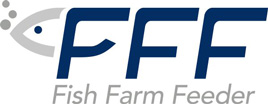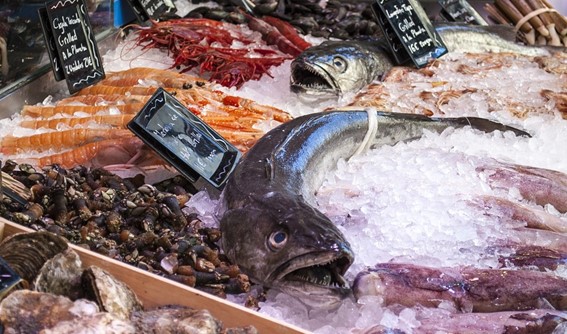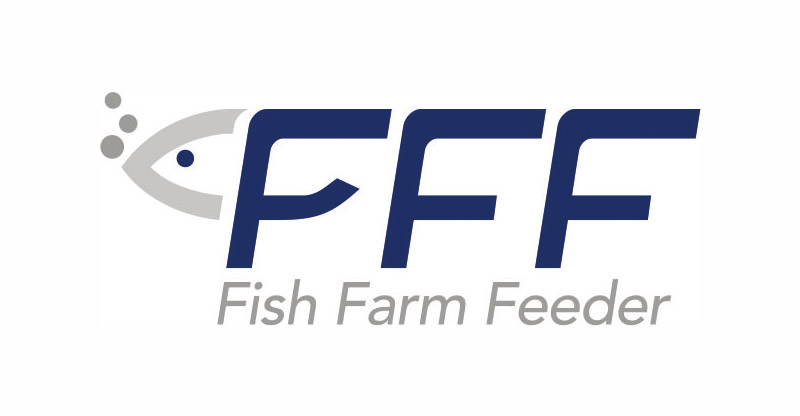Not all fish farms are able to reduce the intermediate entities and create an e-commerce. So how to adapt and be competitive to other sellers? Create a brand and guarantee the traceability of your products.
The year 2020 has taught us that we must keep the end customer in mind more than ever. Even when selling B2B. Many retail chains are affected by current restrictions and there is no choice but to reinvent the selling strategy. Due to COVID restrictions there are less chefs or restaurants that may transmit the confidence of good quality of product, now it is the PRODUCT that have to “convince” the consumer.
The Brand - makes the difference
So who has better chance to convince the consumer? A big fish farm or a small fishery which may be closer to any local community? We believe that there is room for everyone.
The large aquaculture companies may have lower costs by handling larger volumes. And the “handicap” of not being located close to its consumer can be overcome by increasing the confidence – creating a brand.
Fisheries are the brand pioneers in our sector. They started to identify the origin of their captures some years ago. And the number is growing. There are more new brands that help to recognize the origin of a fish or seafood. It´s the way how to show to the customer where products, they are buying in local fish shops or markets, come from.
In the aquaculture sector perhaps the most visible example is the Norwegian salmon with its emotional campaigns. Is it the reason why the sale of this product maintains above the salmons from other countries? The importance of creating own brand for aquaculture products – by differentiating from other providers – begins to be crucial and required. But it is not the only thing that matters.
Traceability - a tool for any fish farm
Recent studies confirm that consumers demand more information. Apart of simple data specifying where the product comes from, they want to know more about the fish farms, the conditions of fish, its welfare…about any part of the process until it’s bought in a supermarket or a fish shop.
Therefore “getting closer” to the final consumer is the new task for fish farms. What it means? Being able to offer above mentioned information and even data about the environmental impact – e.g. measuring the carbon footprint – and sharing it with the consumer. Being transparent allows to guarantee fair prices and complement the fish and seafood offer.
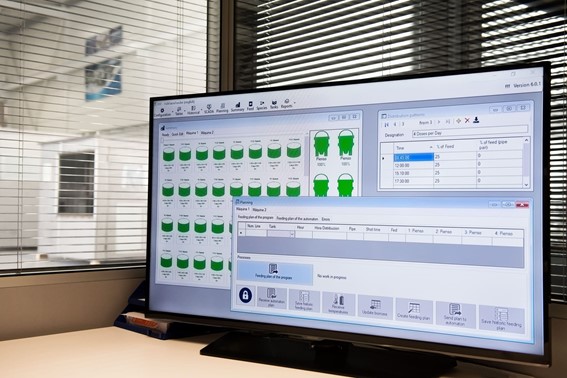
The traceability of the production chain gives the data that the consumers are demanding from fish farms. So what is needed to incorporate traceability into a fish farm?
- Open-minded staff:: No tool will work if the attitude of our personal is not open to novelties. The willingness of people to improve is the most important thing.
- Training: The ideal situation is to have people who learn ongoing as it allows to incorporate easier any recent developments. If we do not have such staff, it is necessary to count with training.
- Modernization: Tracking the internal processes can be done only by applying automated systems that will allow the recording, internal control and sharing of the appropriate data with clients and end consumers.
- Collaboration: The production chain involves various independent entities. Therefore if we want to offer complete and unique information to our consumer, cooperation between all related bodies within the supply chain is necessary.
The #FoodIndustry4.0
The trend is clear – the transparency is the future. So although we are still at the beginning of the journey companies have to take the first steps. The aquaculture world is global, fish farms do not play only national leagues. Just those who incorporate latest trends and adapt faster to what an end customer asks will gain a competitive advantage.
